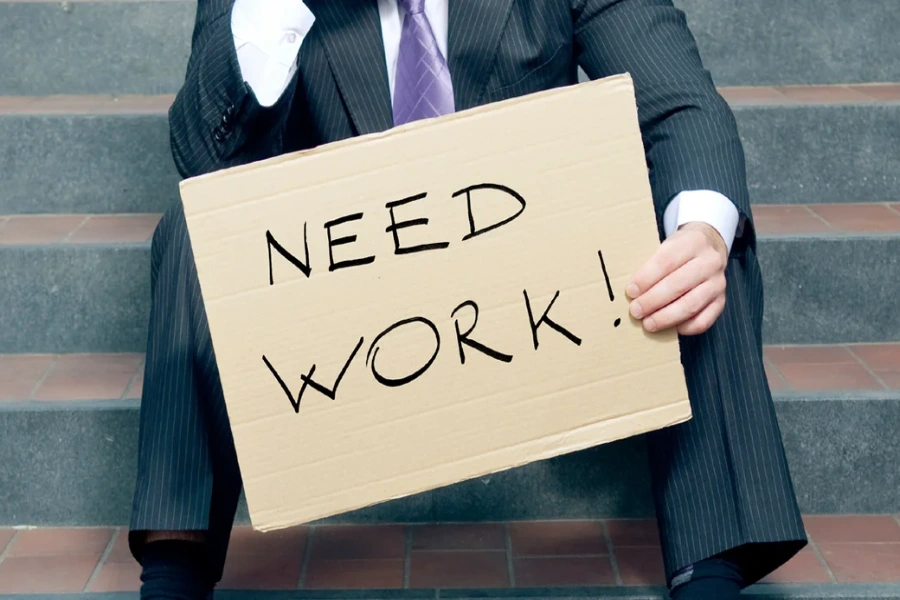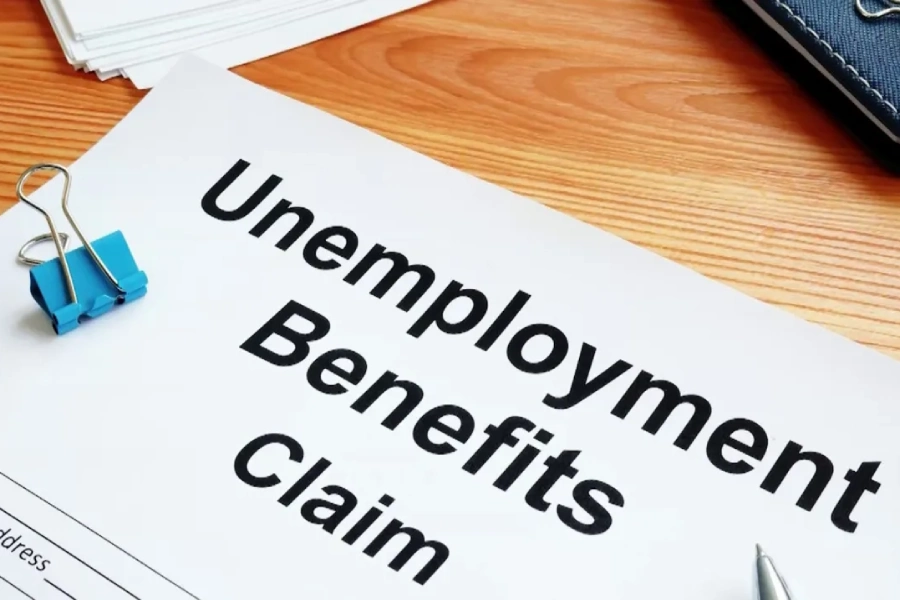If you’ve recently lost your job in the United States, it’s essential to know how to apply for unemployment benefits as soon as possible. These benefits provide temporary financial relief while you search for new employment. In this guide, we’ll walk you through everything you need to know—from eligibility to application, weekly claims, and how much support you can expect. Learning how to apply for unemployment benefits correctly can maximize your chances of approval and help you avoid unnecessary delays.

What Are Unemployment Benefits?
Unemployment benefits are weekly payments offered by state governments to individuals who have lost their jobs through no fault of their own. They are designed to support jobseekers during their transition period and ensure basic financial stability. Understanding how to apply for unemployment benefits means understanding what these benefits are and who qualifies for them.
Who Is Eligible to Apply for Unemployment Benefits?
While specific rules vary by state, the general requirements to apply for unemployment benefits include:
- You lost your job due to no fault of your own (e.g., layoffs, business closure)
- You earned sufficient wages during your base period (usually the past 12–18 months)
- You are physically able and available to work
- You are actively seeking employment each week
People who quit voluntarily without good cause, were fired for misconduct, or are unavailable for work typically do not qualify. It’s crucial to understand your eligibility before you apply for unemployment benefits.
How to Apply for Unemployment Benefits in Your State
To begin the process and successfully apply for unemployment benefits, follow these steps:
- Visit your state’s unemployment website (e.g., edd.ca.gov for California, labor.ny.gov for New York)
- Create an account and log into your state’s unemployment portal
- File an initial claim:
- Provide personal details (name, SSN, address)
- List all employers from the past 18 months
- State the reason for job separation
- Submit the claim and await a confirmation email or letter
It is critical to apply for unemployment benefits as soon as you lose your job. Delays in submitting your claim may lead to missed payments.

What Documents Do You Need to Apply for Unemployment Benefits?
When filing your claim, have the following information ready to efficiently apply for unemployment benefits:
- Social Security Number
- Driver’s license or state ID
- Employment history (past 18 months)
- Employer names, addresses, phone numbers
- Dates of employment and reason for separation
- Banking info (for direct deposit)
Having these documents prepared will help you apply for unemployment benefits quickly and avoid delays.
How Much Can You Receive in Unemployment Benefits?
Your weekly benefit amount (WBA) depends on your previous wages and your state’s formula. In 2025, average state benefits range from $200 to $600 per week. Here are sample maximum WBAs:
- California: $450/week
- New York: $504/week
- Texas: $577/week
- Massachusetts: $1,033/week (highest in the U.S.)
When you apply for unemployment benefits, keep in mind that some states offer additional financial support for dependents, such as children or a spouse. This can increase your weekly payments.
How Long Can You Collect Unemployment Benefits?
Most states offer benefits for up to 26 weeks. A few states have shorter durations, ranging from 12 to 20 weeks. During times of economic downturn, federal or state benefit extensions may be available.
Always check with your state’s unemployment office for current information before and after you apply for unemployment benefits.
How to File Weekly or Biweekly Claims
Once your application is approved, you must file weekly or biweekly certifications to continue receiving benefits. This confirms your ongoing eligibility after you apply for unemployment benefits.
Each week, you’ll be asked to:
- Report any income earned
- Confirm you are actively looking for work
- Verify availability to accept work
- Disclose any job offers you refused
Missing a certification deadline may pause or stop your benefits. Set reminders to stay on track.
What If Your Unemployment Claim Is Denied?
If your claim is denied, you can appeal the decision. Steps usually include:
- Filing a written appeal within the specified timeframe (often 10–30 days)
- Participating in a hearing (phone or video)
- Presenting evidence such as termination letters or witness statements
- Waiting for a judge’s decision
Appealing can reverse a denial if you provide adequate documentation. This is also part of understanding how to navigate the process after you apply for unemployment benefits.
Can You Extend Unemployment Benefits?
As of 2025, most COVID-era federal extensions have expired. However, states may offer Extended Benefits (EB) during high unemployment periods. Check your state’s site or the U.S. Department of Labor for updates after you apply for unemployment benefits.
Are Unemployment Benefits Taxable?
Yes. Unemployment benefits are taxable income at the federal level and in many states. You can choose to withhold 10% for federal taxes when applying. At year-end, you’ll receive Form 1099-G showing total benefits received.
States that do not tax unemployment benefits include:
- California
- New Jersey
- Pennsylvania
Can You Work Part-Time and Still Apply for Unemployment Benefits?
Yes. You can apply and receive partial unemployment benefits if your part-time earnings are below your state’s threshold. Always report your income accurately to avoid penalties. Even part-time workers should know how to apply for unemployment benefits.
Can Gig Workers or Self-Employed Individuals Apply?
Traditional unemployment insurance doesn’t cover freelancers or gig workers. However, temporary programs like PUA (Pandemic Unemployment Assistance) have been used in the past.
Check federal and state sites for updates on any new legislation to know when and how you can apply for unemployment benefits as a self-employed individual.
Tips to Apply for Unemployment Benefits Faster
-
Apply the same week you lose your job
-
Use the online portal rather than calling
-
Double-check your application for errors
-
Choose direct deposit for quicker payments
-
Respond promptly to any verification requests
All of these tips will help you efficiently apply for unemployment benefits.
Final Thoughts
Understanding how to apply for unemployment benefits can make a big difference during a challenging period. By applying early, staying compliant, and knowing your rights, you can access the financial support you need until you land your next job.
Always refer to your state’s official unemployment website for the most accurate and up-to-date information about how to apply for unemployment benefits.
FAQs
How long does it take to receive unemployment benefits?
Most people receive their first payment within 2 to 3 weeks after applying.
Do I need to accept any job offer to stay eligible?
You must accept suitable work. Declining reasonable offers may disqualify you.
Can I get unemployment if I quit my job?
Only if you had good cause (e.g., unsafe conditions, medical issues, harassment).
Are unemployment benefits taxed?
Yes, federally taxed and taxed in most states.
Can self-employed individuals get unemployment?
Not under standard programs, but temporary programs may apply in emergencies.

